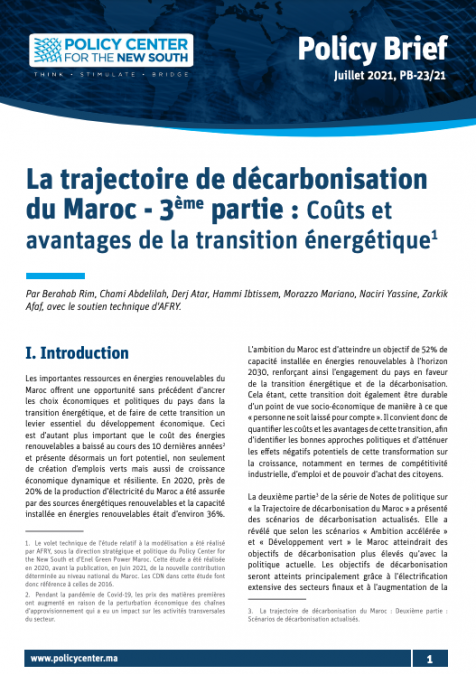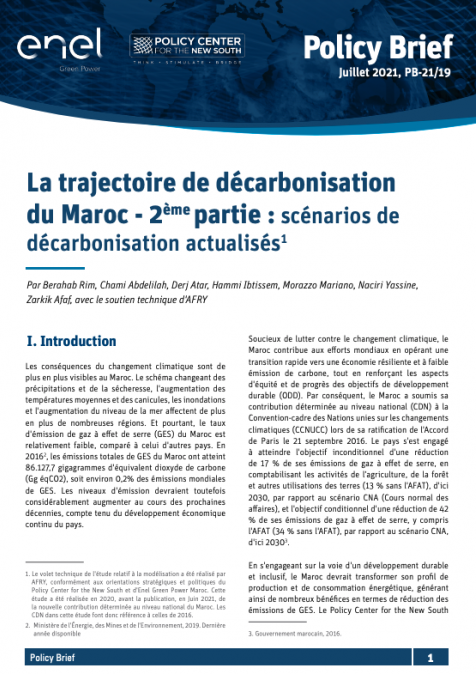MA Rechercher Image d'avatar Paul Isbell, CAF Energy Fellow at the Center for Transatlantic Relations at Johns Hopkins
March 28, 2014
Paul Isbell, CAF Energy Fellow at the Center for Transatlantic Relations at Johns Hopkins University-SAIS in Washington, D.C.
Speakers

Paul Isbell
CAF Energy Fellow at the Center for Transatlantic Relations at Johns Hopkins
Paul Isbell is the CAF Energy Fellow at the Center for Transatlantic Relations (CTR) at Johns Hopkins University SAIS and the lead energy specialist of CTR’s flagship projects, the Atlantic Basin Initiative (ABI) and the Atlantic Energy Forum (AEF). He is also a Senior Associate Fellow at the Elcano Royal Institute for International and Strategic Studies in Madrid.
Previously he was Senior Visiting Fellow at the Inter-American Dialogue in Washington, D.C.; Director of the Energy and Climate Change Program at the Elcano Royal Institute in Madrid; emerging market economist at Banco Santander; and professor of international economics and geopolitics at diverse universities across the Atlantic Basin (including the University of Alcala de Henares; ICADE-Pontificia Comillas; S ...









